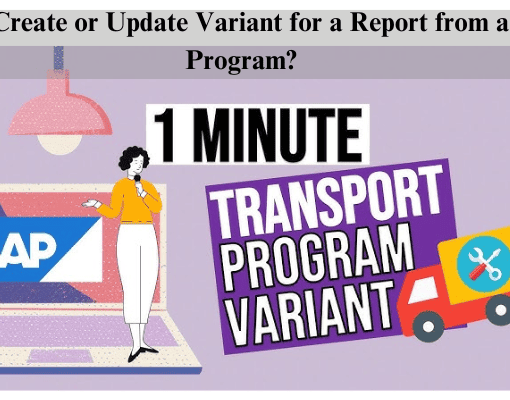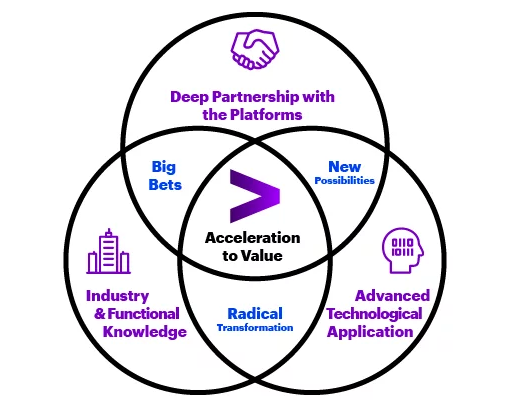WBS full form in SAP & A Deep Dive into Work Breakdown Structures (WBS)

For those navigating the robust functionalities of SAP, the concept of a Work Breakdown Structure (WBS) is fundamental to ensuring organized and efficient project execution. But what exactly is a WBS in SAP, and how can you leverage it to streamline your project management endeavors? This comprehensive blog delves into the intricacies of WBS in SAP,WBS full form in SAP and empowering you to unlock its full potential.
Demystifying WBS: The Nuts and Bolts
A Work Breakdown Structure (WBS) serves as the cornerstone of project planning within SAP. It essentially functions as a hierarchical breakdown of the entire project scope, meticulously dissecting it into manageable, deliverable-oriented elements. Imagine a complex machine; a WBS breaks it down into its individual components, sub-components, and even the tiniest screws, providing a clear picture of the project’s building blocks.
Within the SAP realm, the WBS module, typically denoted by the abbreviation PS (Project System), offers a dedicated platform for creating, managing, and visualizing your project’s WBS. This intuitive interface allows you to:
- Define the Project Hierarchy: Establish the overarching project as the topmost level, followed by the sequential breakdown into phases, tasks, and sub-tasks, creating a cascading structure.
- Assign Responsibilities: Link specific WBS elements to designated team members or departments, ensuring clear ownership and accountability throughout the project lifecycle.
- Estimate Effort and Duration: Associate timeframes and resource allocation estimates with each WBS element, fostering realistic project planning and budget control.
- Track Progress and Monitor Performance: Leverage the WBS as a visual roadmap to monitor progress, identify potential roadblocks, and ensure adherence to deadlines.
The Advantages of Employing a WBS in SAP
Integrating a WBS into your SAP project management workflow offers a multitude of benefits, transforming you from a project coordinator into a strategic maestro. Here’s a glimpse into the power of WBS:
- Enhanced Clarity and Communication: The hierarchical structure of a WBS fosters a shared understanding of the project scope among all stakeholders. Team members gain a transparent view of their individual tasks within the larger project context, promoting effective communication and collaboration.
- Improved Planning and Scheduling: By meticulously defining tasks and assigning durations, WBS empowers you to create realistic project schedules and identify potential dependencies between tasks. This meticulous planning translates into smoother project execution and timely delivery.
- Effective Resource Management: WBS facilitates the optimal allocation of resources, ensuring the right people with the necessary skillsets are assigned to specific tasks. This targeted approach optimizes resource utilization and minimizes duplication of efforts.
- Risk Mitigation and Control: The breakdown of complex projects into manageable elements allows for proactive risk identification and mitigation strategies. Potential bottlenecks or resource constraints become readily apparent, enabling you to address them before they derail your project.
- Simplified Project Monitoring and Control: The WBS serves as a central point for tracking project progress. You can effortlessly monitor the completion status of individual tasks, identify deviations from the plan, and take corrective measures to ensure project success.
Unleashing the Full Potential of WBS in SAP
Now that you’ve grasped the core principles and advantages of WBS in SAP, here are some practical tips to maximize its effectiveness:
- Align Your WBS with Project Objectives: Ensure your WBS directly reflects your project’s goals and deliverables. Each element within the structure should contribute demonstrably to the overall project success.
- Maintain a Consistent Level of Detail: Strive for a balanced level of detail within your WBS. Break down tasks into actionable elements but avoid overcomplicating the structure with excessively granular sub-tasks.
- Involve Your Team: Actively involve your project team members in the WBS creation process. Their insights and expertise can ensure the WBS accurately reflects the project’s realities and fosters a sense of ownership among team members.
- Leverage SAP Integrations: Explore the functionalities of SAP PS to integrate your WBS with other relevant modules, such as cost management or materials management. This holistic approach streamlines data flow and enhances overall project visibility.
By embracing the power of Work Breakdown Structures within SAP, you can transform your project management endeavors. From fostering clear communication to ensuring efficient resource allocation, a well-defined WBS paves the way for successful project delivery. So, embark on your journey to mastering WBS in SAP, and witness the transformation in your project management capabilities.
YOU MAY BE INTRESTED IN:




